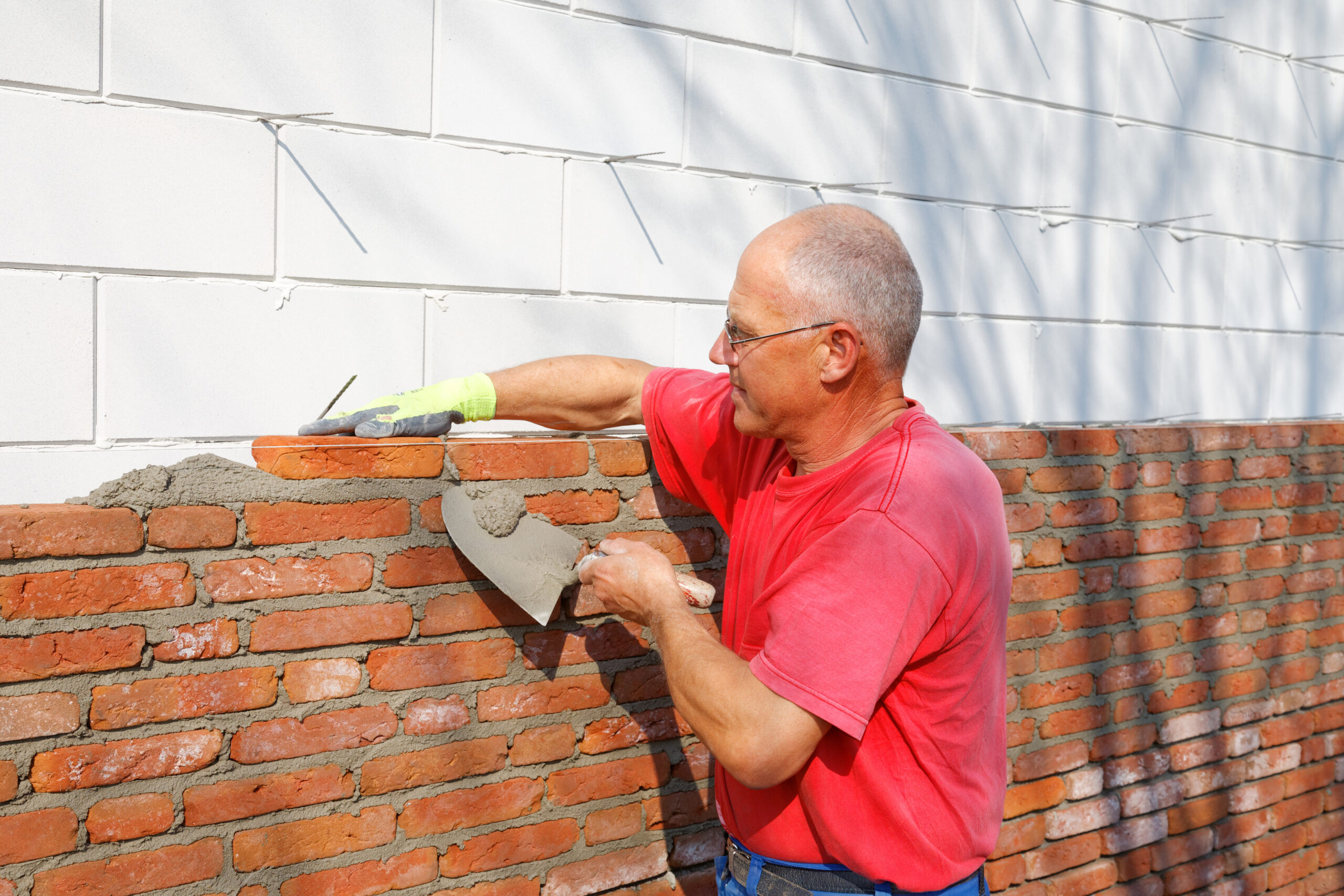
General Building Contractor License
To contract and work on the vast majority of construction projects in California it’s required to be licensed by the California Contractors State License Board. The type of contracting license you obtain permits you to take on certain jobs while restricting you from others and requires specific experience for licensure. So how do you know if a general building contractor license is right for you and the work you hope to perform in California? Let’s find out.
In this article, we go over the specific requirements for general building contractor licensure, differences between the B and B2 licenses, and other contractor licensing types in California.
What Is a General Building Contractor License?
In California, a “B” license allows general building contractors to take on a wide variety of building contracts requiring at least two unrelated building trades or crafts. It enables businesses and individuals to construct or alter buildings, roads, parking facilities, railroads, and other structures in California. While there are some exceptions, such as jobs costing less than 500 dollars or work performed by a public employee, general contractors must obtain CSLB licensure for most contracts.
However, there are some parameters around the work that “B” licensed contractors can and can’t complete. Specifically, general contractors can only take on jobs where multiple unrelated trades are required OR framing and rough carpentry is the sole trade required.
Under Building and Professions Code section §7057, a general building contractor may:
- accept a prime contract or subcontract that requires two or more unrelated building trades—but does not involve any framing and carpentry.
- OR accept a prime contract or subcontract that requires framing and carpentry only—without any other unique building trades needed.
- NOT perform fire protection or water well drilling, either as a prime contractor or subcontractor. However, they may add these specialty classifications to their “B” license or subcontract that portion of the work to an appropriately licensed specialty contractor.
To illustrate this with an example, a general contractor is not allowed to perform work on a contract where plumbing is the only required trade but could still bid on the job and subcontract the work to an appropriately licensed plumber. Now, if the contract involves plumbing and HVAC services, then a general contractor can bid AND perform the work. Similarly, the general contractor can work on a contract that involves framing but not a contract that involves framing alongside other trades like HVAC or plumbing.
General Building Contractor License Requirements in California
A general building contractor license allows people to perform work on most construction projects in California. To qualify for a license, applicants must meet the following requirements:
- Show four years of journeyman-level experience performing and/or supervising general building (Class B) work, including framing and carpentry.
- Have a social security number (SSN) or individual taxpayer identification number (ITIN).
- Be at least 18 years of age.
Note: Attaining a college degree can satisfy up to three years of the required experience, meaning college graduates may need as little as one year performing and/or supervising Class B work. Overall, how long it takes to get a contractors license in California will depend on other factors like the one mentioned above or hands on experience.
What Is the Difference Between a Class B and B2 License?
Class B licensure allows contractors in California to engage in general building contracts. However, there are notable differences between having a B license and a similar B2 license. Each has different requirements for licensure and privileges for contracting work once licensed. We get into details below.
Under either license, a general contractor can improve or remodel existing structures (such as drywall, finish carpentry, flooring, insulation, painting, plastering, roof repair, siding, and tiling) and subcontract any of the trades to appropriately licensed contractors.
However, only B contractors can build new structures and change structural and load-bearing elements like partitions and walls. Additionally, B2 contractors are not permitted to extend electrical or plumbing systems or install HVAC systems—which arel contracts that a B contractor can complete. Finally, while B classification allows for contracts that involve two or more unrelated trades, the B2 classification requires three or more.
There is also a difference in required experience between the two contractor classifications. For example, the B license requires four years of journeyman experience completing and supervising work on two unique building trades and framing and rough carpentry. To qualify for B2 licensure, candidates need four years of journeyman training across three unique trades, but they aren’t required to have any experience with framing or carpentry.
General Contractor Class Types in California
If you want to perform contract work in California, you can obtain four primary types of licenses from the CSLB. We’ve expanded on class B licenses above, but contractors can also get licensed in Class A and C.
Here are the four major contractor license classifications available in California:
- Class A General Engineering Contractor – this is the license for those who intend to bid on specialized engineering projects.
- Class B General Building Contractor – As described above, this license permits contractors to take on jobs involving two or more unrelated trades.
- Class B2 Residential Remodeling Contractor – This is a general contracting license like the B license but focuses on making improvements to, on, or in an existing residential wood-frame structure. Permitted projects are also required to involve three or more unrelated trades.
- Class C Specialty Contractor – Unlike general contractors, this license allows contractors to perform work in a single specialized trade. They can be subcontracted to work on a portion of jobs involving multiple crafts but can’t act as general contractors in such situations. For example, refrigeration and masonry contractors require a Class C license.
In Conclusion
After completing your application, paying the fees, and passing the exam, you’re ready to be a licensed general contractor. Well, almost. The last step is to get insured and bonded—and Surety First can help with that. If you don’t know where to start, our team is happy to help you untangle California bond requirements and paperwork, making the process easy and painless for new contractors.
If you’re on the road to obtaining a general building contractor license in California, learn more about contractor bonds and get a free quote from Surety First today.
HAVE BONDING QUESTIONS?
Call us today at 1-800-682-1552 to speak with a licensed contractors bond specialist.
Mon-Fri 8:30am-5:00pm
Or






